How to make oyster mushroom mycelium at home, features and rules
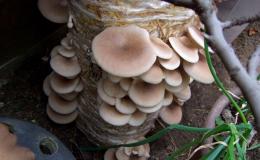
The most common group of mushrooms are cap mushrooms; they are suitable for consumption by animals and humans. There are also other groups of fungi, the common thing that unites them is mycelium, i.e. mycelium, which is a vegetative organ.
The question of how to make oyster mushroom mycelium at home often arises among those who decide to grow mushrooms at home. There are different methods for growing mycelium yourself; let’s look at them in detail.
Content:
- Benefits of growing oyster mushrooms at home
- Methods of propagation of oyster mushroom
- What is mycelium, its types
- How to grow mycelium, what conditions will need to be created
- Grain royal mycelium and mycelium from mushroom stems
- How to make oyster mushroom mycelium at home without an autoclave
- Storing oyster mushroom mycelium
Benefits of growing oyster mushrooms at home
Home-grown oyster mushrooms have a number of advantages over purchased ones.
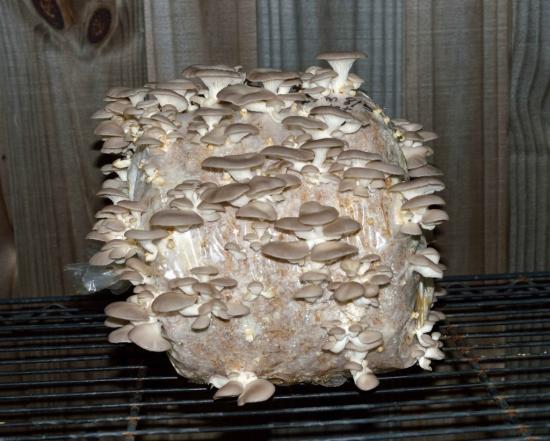
So, the main advantages of self-cultivation include:
- Price - material made with one’s own hands and oyster mushrooms grown from it will cost much less than purchased ones;
- The ability to control the quality of the product from the moment of disembarkation. Often, homemade mycelium not only keeps up with laboratory-grown mycelium, but even surpasses it;
- The danger of accumulation of harmful substances by oyster mushrooms is minimized.Since mushrooms are essentially sponges that absorb all beneficial and harmful elements, home cultivation will avoid the danger of accumulation of toxic substances.
The only drawback of this method is the slow growth of the product. This is due to the impossibility of recreating the laboratory conditions of an autoclave at home.
Methods of propagation of oyster mushroom
There are many ways, varying in difficulty level.
Several of the most popular among mushroom pickers are:
- Growing on wooden logs for three to five years. In order to grow oyster mushrooms using this method, you need a freshly cut larch log, which must be placed in a dark place outdoors or indoors;
- Growing on a nutritious substrate, the role of which is often played by straw chaff. However, this method is only suitable for short-term cultivation with yields of up to four months.

In order to grow oyster mushrooms using any of these methods, first of all you need to have mycelium.
The latter is necessarily introduced into the nutrient substrate, on which it germinates, or the log is infected with mycelium.
You can either place it in the hole under the log or seal it in small holes in it. By maintaining constant temperature and humidity, the harvest will not be long in coming.
What is mycelium, its types
The mycelium, or vegetative body, is distinguished by its ability to form special organs and change its structure depending on environmental conditions.
Another distinctive feature is the formation of fine fibers that penetrate into the tissue of trees, animal remains or substrate to absorb nutrients.Produced from spores in specialized laboratories.
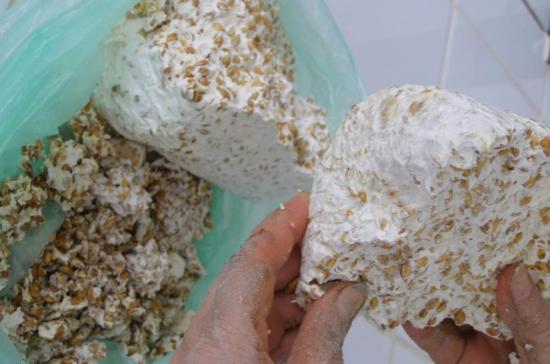
It is divided into several types, depending on the structure.
| Hyphae | Fibers that carry the flow of nutrient minerals from the external environment |
| Sclerotia | Hardened neoplasms that arose as a result of changes in the vegetative body. Is a kind of defensive reaction to deteriorating environmental conditions to protect spores |
| Stroma | Small solid neoplasms that appear in the tissues of the body infected with mycelium for the formation of its new forms |
The intermediate mycelium consists of these three structural elements. Of these, under favorable environmental conditions, germination and development of the fruiting body occurs.
How to grow mycelium, what conditions will need to be created
The growing process takes place in several stages, each of which includes some features.
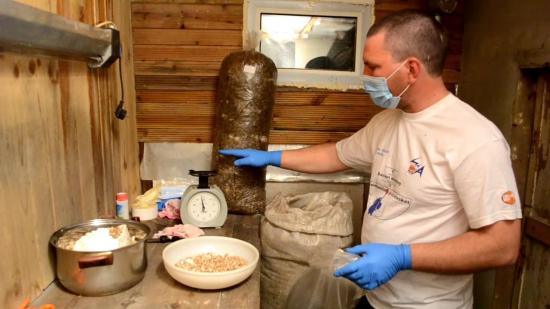
The latter is especially important to consider to obtain the result:
- The first stage is the production of royal mycelium, which is made in the laboratory from germinated spores or parts of tissue.
- The second stage is obtaining an intermediate form, for which it is necessary to transfer spores from test tubes to a nutrient medium to develop a basis for sowing. To do this, the wort is mixed with agar and heated over fire until it hardens. The mixture is poured into sterilized test tubes, which are positioned at a slight angle until it cools. After this, the mother-form particles are placed into the test tube with tweezers. The test tube is closed with a stopper sterilized on an alcohol burner and sent to a dark place with a temperature of +23-25oC for two weeks;
- The third stage is obtaining a seed form, which is sown directly into the substrate.
- The production of the product requires the creation of absolutely sterile conditions. Before work, it is necessary to thoroughly clean the instruments and carry out all manipulations using medical gloves to prevent bacteria or mold from getting into the test tubes.
This is a rather labor-intensive method that is more suitable for industrial-scale enterprises. To maintain stable temperature and humidity, you need special equipment, and not every mushroom picker has an autoclave at hand.
Grain royal mycelium and mycelium from mushroom stems
The production of grain mycelium often requires special laboratory conditions, although the technology itself does not require any special costs.
There is no specific scheme for growing planting material on grain, but the basic method of home production is represented by the following points:
- Grain is poured into a large aluminum container, which is filled with water to cover it by several centimeters;
- The resulting mixture is placed on the stove and boiled for half an hour, after which it is filtered and the resulting grain is dried;
- After sterilization, the grain is poured into two-quarters of the jars. Filled containers are again sterilized by steam;
- After the jars have cooled, a small amount of grain is placed in each and a little mycelium is added.
- The formation of white fluff, the first signs of growth, can be noticed already on the third day after sowing, but the result will become truly noticeable only by the end of the first week. Another seven days after this, it can be poured into disinfected straw for growing oyster mushrooms.
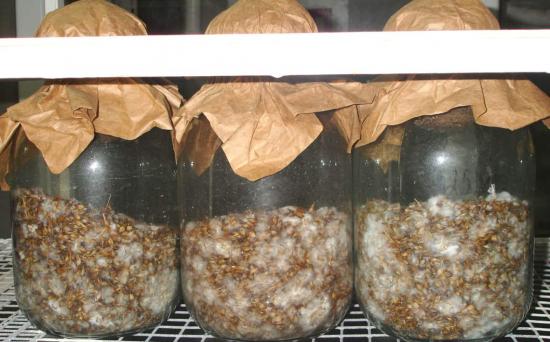
The second method involves growing material from mushroom stems.
For this it is recommended:
- Cut a piece of corrugated cardboard without inscriptions and soak in heated water for an hour;
- Using a clean and sharp knife, cut the mushroom into fibers;
- Prepare a container with drainage;
- Remove the top layer of soaked cardboard, lay out pieces of mushrooms and cover it with the removed layer;
- Place the resulting blanks in a container and cover with polyethylene;
- Make sure that the cardboard does not dry out and spray it with water from time to time. Provide daily ventilation;
- After a month and a half, when the cardboard is covered with white fluff, it can be transferred to a nutrient medium for subsequent cultivation and planting.
It is possible to grow a vegetative body in this way at home, although you will have to make some effort. Before you start, be patient.
How to make oyster mushroom mycelium at home without an autoclave
One of the main conditions for the success of the procedure is maintaining a stable temperature and humidity, which is not always possible at home.
However, even in this case it is possible to make planting material; for this it is recommended:
- Collect ripe mushroom caps and soak them in boiled water for one day;
- Drain the water and mash the caps;
- Use the resulting pulp for sowing on substrate or logs.
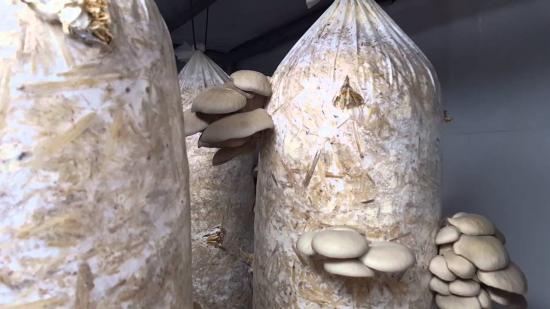
It is not recommended to store such material; it should be sown immediately. In order for the procedure to be successful, it is important after sowing to maintain high humidity in the room and a temperature not lower than + 23 C.
Storing oyster mushroom mycelium
Since this product is not perishable, it is quite easy to store. So, in winter it can be placed in the basement, and in the summer on the bottom shelf of the refrigerator for one year.
To extend the storage period, you can place the product in the freezer at a temperature of - 20 C, or in liquid nitrogen. It is important to remember that frequent defrosting and re-freezing of the material can lead to its damage.
The seed material can also be placed in vacuum bags, which were kept in boiling water for fifteen minutes and then dried.
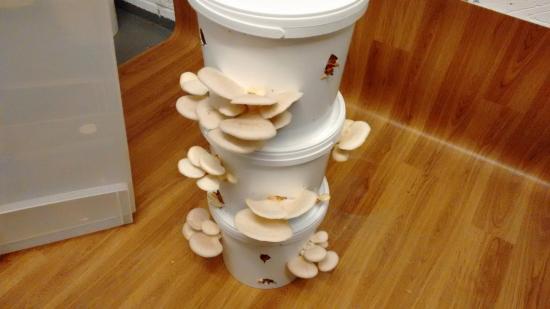
It is worth considering that if such a package breaks, you must immediately disembark, otherwise the material will deteriorate.
You can make oyster mushroom mycelium at home, although it will take some work. However, a mushroom grown in this way will be much cheaper and more environmentally friendly than a store-bought one.
Interesting video about growing oyster mushrooms at home:

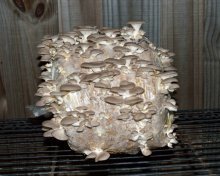

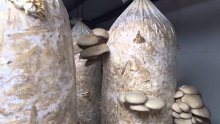
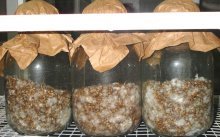
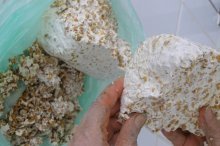
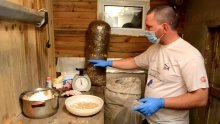
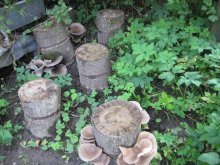
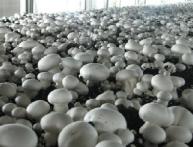
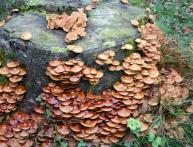
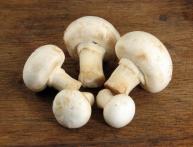
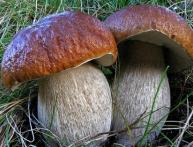
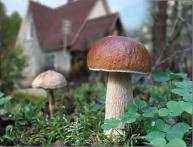
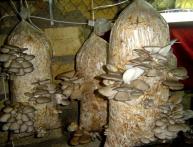
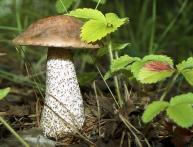
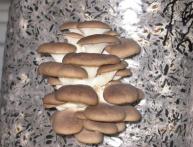
Comments
I tried to grow these mushrooms specifically for food. It didn’t work out right away in the open air; perhaps some special seed material is needed. But in the barn I got several harvests, but unfortunately, I developed an allergy to what the mushrooms emit into the air. Even the mask didn't help.
I have never tried to grow oyster mushrooms myself, but the idea is interesting to me and I still plan to try it based on the tips and recommendations from the article. These mushrooms are very healthy and contain many useful microelements and vitamins, so I cook a lot of dishes from them.
There is an opinion that oyster mushrooms can even be grown on a windowsill, and some have even succeeded, but this is not safe for human health, since the mushrooms release spores and other substances.
Oyster mushrooms on a stump look, of course, amazing. Especially at home. I wonder if it is possible to grow the mycelium of other mushrooms in this way.No matter how much I scatter mushrooms around the area, nothing comes out.